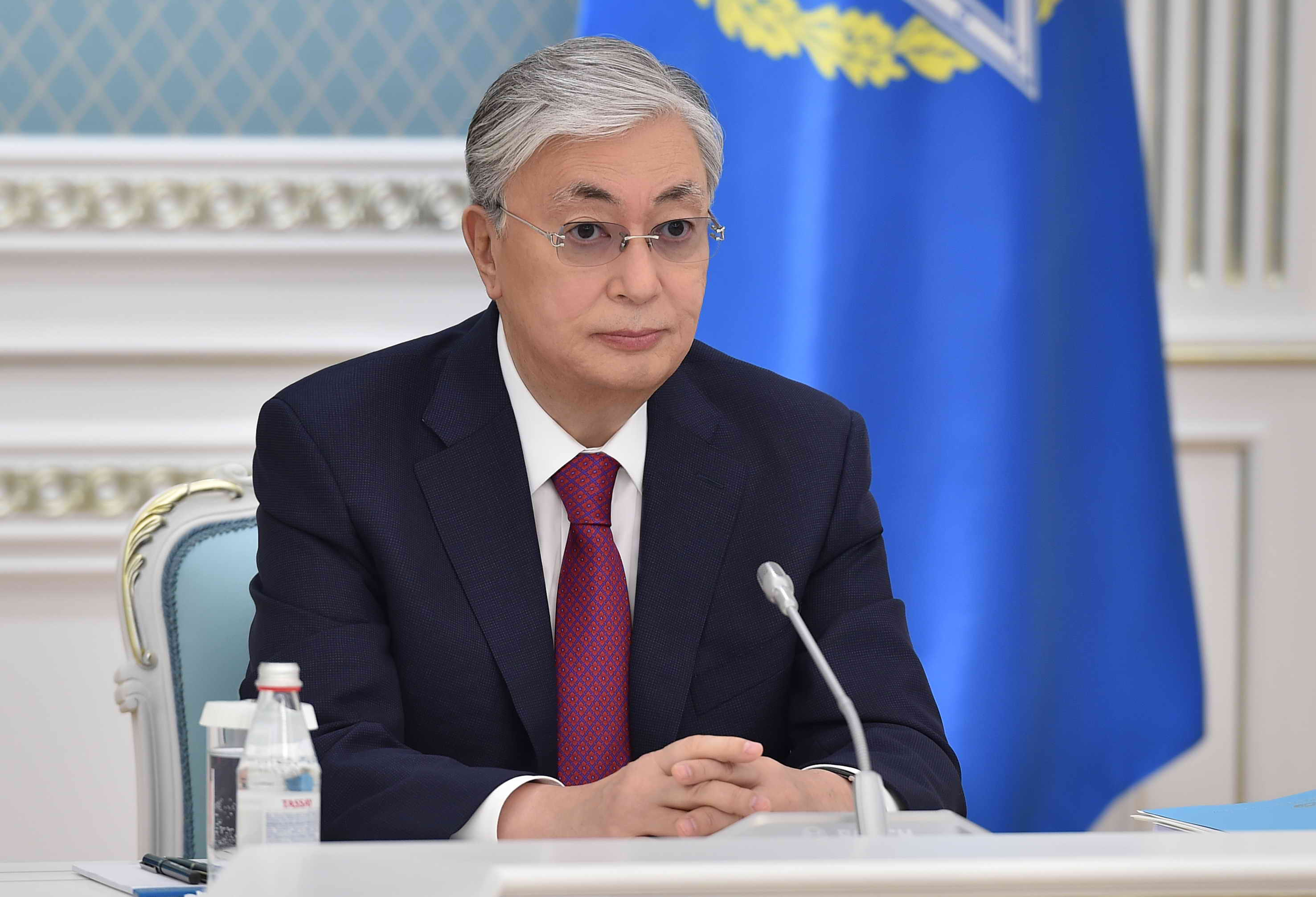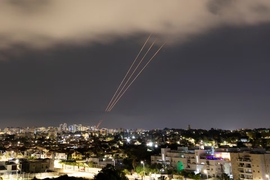President Kassym-Jomart Tokayev announced that the peacekeepers from the Collective Security Treaty Organization (CSTO) member states, who were dispatched to Kazakhstan to protect strategic infrastructure facilities, would pull out from the country starting from January 13.
Speaking at a meeting of the emergency operations center in Almaty, Tokayev said the withdrawal would take no more than ten days. He expressed the country’s gratitude to the Contingent Command for its efforts, which aimed to stabilize the situation in Kazakhstan.
“The very presence of the CSTO peacekeeping contingent in Kazakhstan, including in Almaty, played a very important role in terms of stabilizing the situation in our country,” Tokayev said on Wednesday, according to the president’s official website.
“Of course, this was of great psychological importance for repelling the aggression of terrorists and bandits. The mission is assessed as very successful," he added.
Earlier on Tuesday, Tokayev said that the process of withdrawing the contingent would take no more than ten days.
Tokayev turned to the CSTO member states last week when mass protests erupted into violence in what he claims was a coup attempt assisted by foreign “terrorists.” More than 2,000 troops from Russia, Armenia, Belarus, Kyrgyzstan, and Tajikistan were deployed to Kazakhstan amid the unprecedented unrest in the Central Asian country.
The Collective Security Treaty Organization (CSTO) is a military alliance between six former Soviet states, including Russia, Armenia, Belarus, Kazakhstan, Kyrgyzstan and Tajikistan. The bloc, dominated by Russia, operates under a similar premise to that of NATO: an attack on one member state is considered an attack on all others, and each state is obliged to support other members.
Meanwhile, the nationwide state of emergency declared by Tokayev in response to the protests across the country will last till January 19, while it was canceled the Eastern Kazakhstan, Pavlodar and North Kazakhstan regions on January 13. Almaty, the epicenter of last week's turmoil, remains under a curfew, but residents have begun to return to work.
The clashes, in which citizens and police were killed, started as a peaceful protest over a spike in the price of liquefied petroleum gas (LPG) — a low-carbon fuel that many Kazakhs use to power their cars — in the west of the oil-rich country at the beginning of the year. However, the protests have intensified into widespread discontent with the government, even though officials in Nur-Sultan had taken a decision to lower LPG prices.
The biggest crisis to shake the Central Asian country since it gained independence in 1991 began in Zhanaozen in Kazakhstan’s oil-rich western region of Mangystau, where up to 90 percent of vehicles are run on LPG. The demonstrations have quickly extended to other oil towns — Aktau, Aktobe and Atyrau — and then erupted in Kazakhstan’s capital city of Nur-Sultan and Almaty, the largest city, turning into the most geographically widespread protest in the country’s history.
The government has blamed the violence on “local and international terrorist groups, speaking foreign languages” and showing a “high level of preparedness and coordination.”
According to officials, more than 160 people were killed and 5,000 arrested in the recent violence that shook Kazakhstan.







 Iran's senior military leaders described the drone and missile attack on Israel on April 14 night as “successful".
Iran's senior military leaders described the drone and missile attack on Israel on April 14 night as “successful".
 The number of evacuees from flooded areas in Kazakhstan has reached 97,852 people, including about 32,856 children since March 27.
The number of evacuees from flooded areas in Kazakhstan has reached 97,852 people, including about 32,856 children since March 27.
 Iranian President Ebrahim Raisi warned Israel that it would face a "real and extensive" response if it makes any "mistake" following Tehran’s missi...
Iranian President Ebrahim Raisi warned Israel that it would face a "real and extensive" response if it makes any "mistake" following Tehran’s missi...



